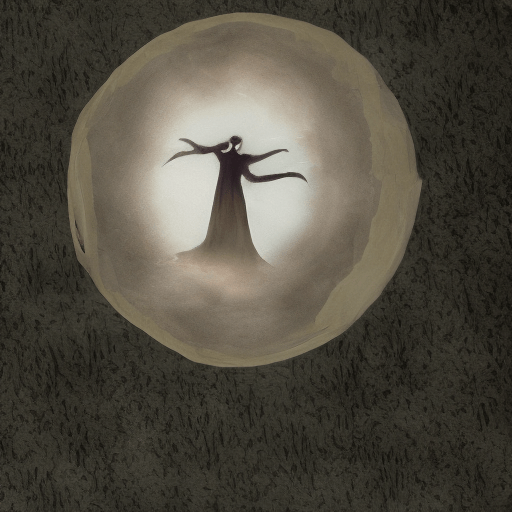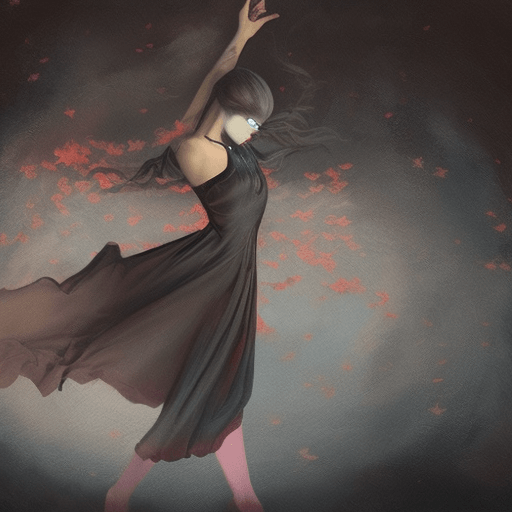Nosferatu by F. W. Murnau
One-line summary: Nosferatu, directed by F. W. Murnau, is a silent horror film that tells the chilling story of Count Orlok, a vampire who terrorizes a small town.
Main Cast and Crew:
- Director: F. W. Murnau
- Writer: Henrik Galeen
- Key Actors: Max Schreck as Count Orlok, Gustav von Wangenheim as Hutter, Greta Schröder as Ellen, Alexander Granach as Knock
- Music Director: Hans Erdmann
- Director of Photography: Fritz Arno Wagner
- Producers: Enrico Dieckmann, Albin Grau
Plot:
Nosferatu follows the story of Hutter, a real estate agent who travels to Transylvania to meet Count Orlok, a mysterious nobleman interested in purchasing a house in Hutter’s hometown of Wisborg. Hutter’s wife, Ellen, is plagued by nightmares and visions of the Count before he even arrives.
Upon his arrival at Orlok’s castle, Hutter discovers the Count’s true nature – he is a vampire. Hutter becomes a prisoner in the castle, while Orlok sets sail for Wisborg, bringing death and destruction with him. As the plague spreads throughout the town, Ellen realizes that she must sacrifice herself to save her loved ones from the vampire’s curse.
The film builds tension through its atmospheric cinematography, with haunting shots of Orlok’s shadowy figure and eerie landscapes. Murnau’s use of light and shadow creates a sense of dread and unease, capturing the essence of horror.
Themes and Motifs:
Nosferatu explores themes of fear, death, and the destructive power of evil. The vampire represents a force that disrupts the natural order of life and brings chaos to the world. The film also delves into the idea of sacrifice, as Ellen willingly offers herself to save her community from the vampire’s wrath.
Murnau’s use of symbolism is prevalent throughout the film. Orlok’s elongated fingers and rat-like appearance symbolize his predatory nature, while the recurring motif of the cross represents the power of faith and goodness in the face of evil.
Reception and Legacy:
When Nosferatu was released in 1922, it faced legal issues due to its unauthorized adaptation of Bram Stoker’s novel, “Dracula.” The court ordered the destruction of all copies, but fortunately, some survived, allowing future generations to appreciate Murnau’s masterpiece.
The film’s reception was initially mixed, with some critics praising its innovative cinematography and atmospheric storytelling, while others found it too disturbing. Over time, Nosferatu gained recognition as a groundbreaking work of German Expressionist cinema and a classic of the horror genre.
Nosferatu’s lasting impact can be seen in its influence on subsequent vampire films, particularly in the portrayal of Count Orlok, which set the archetype for cinematic vampires. The film’s visual style and use of shadows also inspired future filmmakers, including Alfred Hitchcock.
Recommendation:
Nosferatu is a must-watch for fans of horror and silent cinema. Murnau’s masterful direction and Max Schreck’s haunting performance as Count Orlok create an atmosphere of dread that still resonates today. The film’s visual style and atmospheric storytelling make it a timeless classic.
Memorable Quote:
“Is this your wife? What a lovely throat.” – Count Orlok












